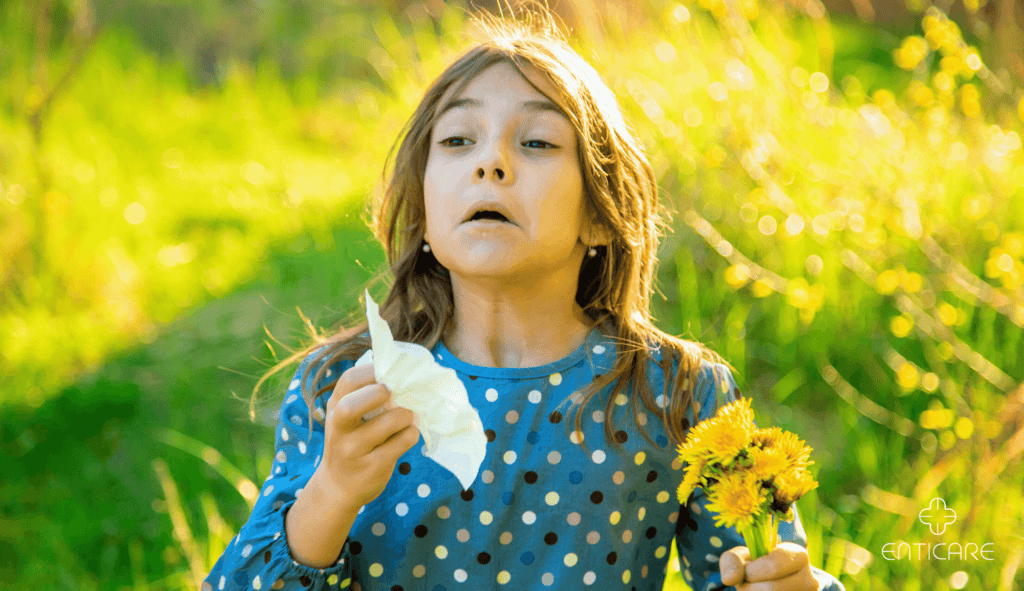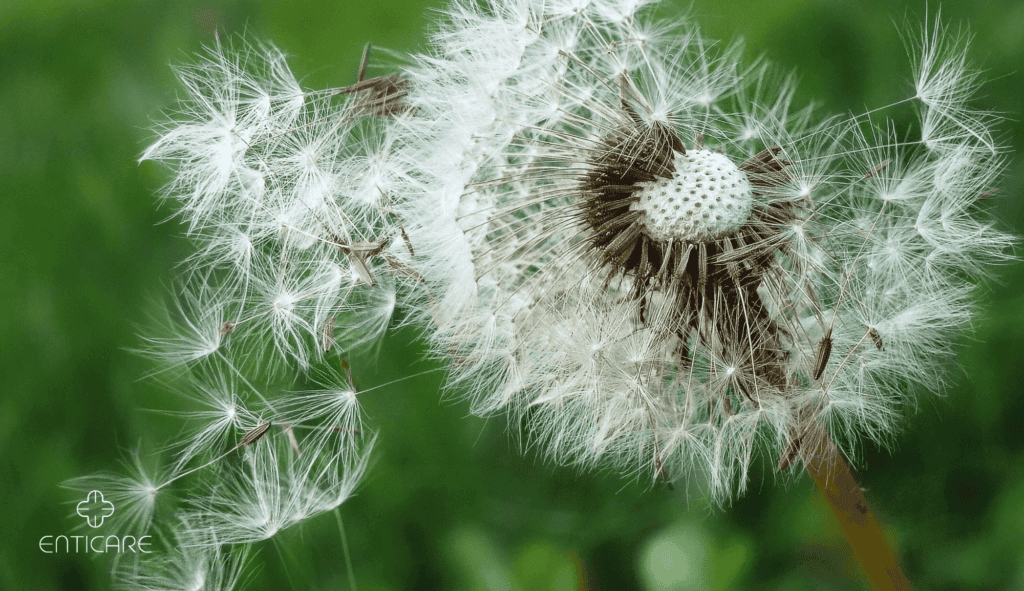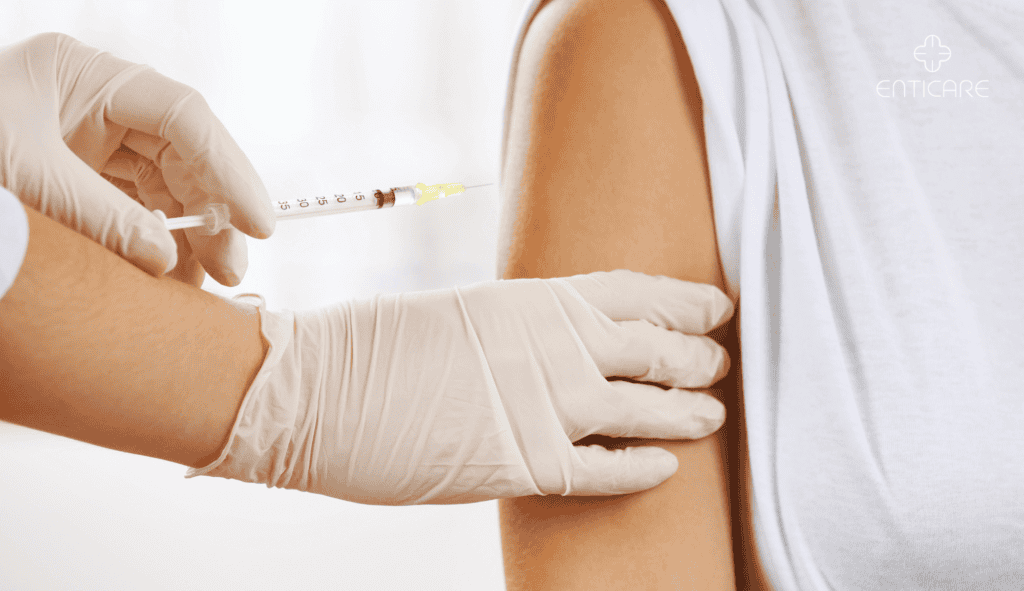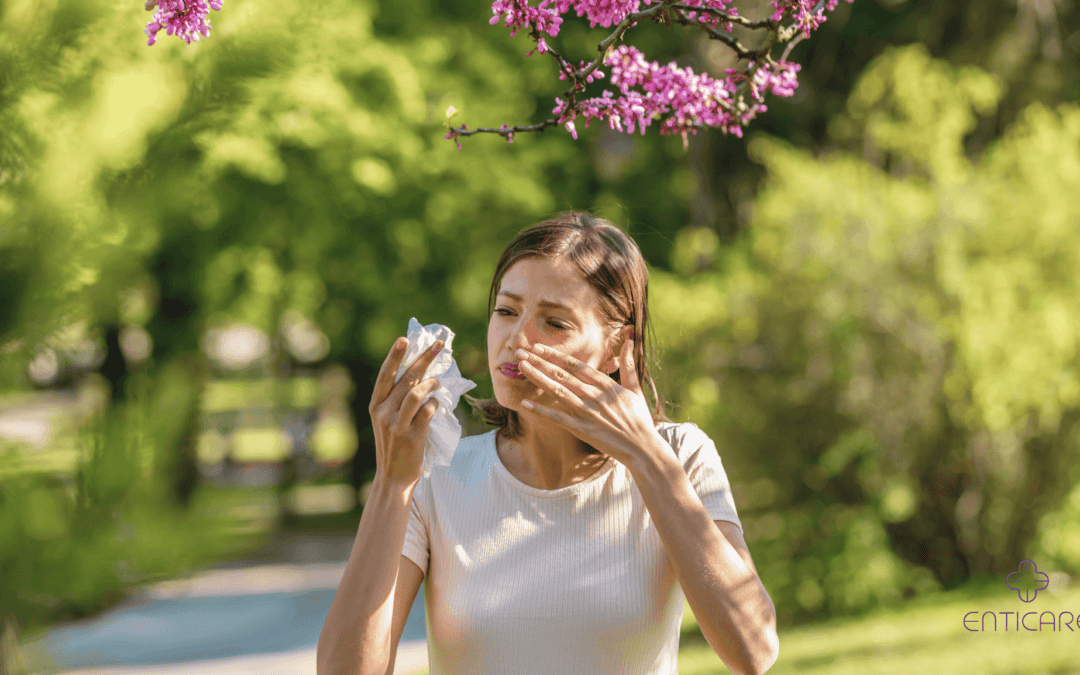Seasonal allergies, often referred to as hay fever or allergic rhinitis, affect millions of people every year, especially during allergy summer. With symptoms that range from mild discomfort to severe reactions, understanding what triggers these allergies and when to expect them can help you manage your symptoms effectively. This guide will dive deep into the causes, symptoms, and key times of the year when allergies are most active and offer solutions for relief.
If you’re struggling with seasonal allergies and want expert advice, make sure to take action today. Read on to learn more, and don’t hesitate to schedule an appointment with a specialist to get tailored treatment.
Understanding Seasonal Allergies
Pollen allergies are triggered by specific environmental factors that occur at certain times of the year, unlike perennial allergies, which last year-round, seasonal allergies only flare up when particular allergens are present in higher concentrations.
What Causes Seasonal Allergies?
Pollen is the primary cause of seasonal allergies. Pollen allergies are one of the most common allergens in the U.S., primarily triggered by airborne allergens such as pollen from trees, grasses, and weeds during specific seasons. Trees, grasses, and weeds release tiny particles into the air to fertilize other plants, but these particles can also trigger allergic reactions in sensitive individuals. Mold spores, which thrive in warm and moist conditions, can also play a significant role in causing allergic reactions.
How Allergies Affect the Immune System
Your body’s immune system reacts to allergens by producing antibodies. In people with allergies, the immune system identifies harmless substances like pollen or mold spores as dangerous. This triggers the release of histamine and other chemicals, leading to symptoms like sneezing, runny nose, and itchy eyes.
Who Is at Risk?
Anyone can develop seasonal allergies, but certain factors increase the likelihood. Family history of allergies, asthma, or eczema can raise your risk, as well as living in areas with high pollen or mold concentrations. Children and young adults are often more likely to develop seasonal allergies, but they can develop at any age.

Common Symptoms of Seasonal Allergies
Seasonal allergies can produce a wide range of symptoms, which vary depending on the individual and the allergen involved. Identifying your symptoms can help you manage and treat them effectively.
Nasal Congestion and Sneezing
Nasal congestion and frequent sneezing are hallmark symptoms of seasonal allergies. The body reacts to allergens by inflaming the nasal passages, leading to an inflammatory response and blocked airflow. Sneezing is the body’s way of trying to expel these irritants.
Itchy Eyes, Nose, and Throat
Allergens can also irritate the eyes, nose, and throat. Itchy, watery eyes are a classic sign of allergic rhinitis, while the nose and throat may feel scratchy due to histamine release. These symptoms can make daily life uncomfortable, especially during peak allergy season.
Fatigue and Brain Fog
Seasonal allergies can also affect your energy levels and concentration. When the body is dealing with an allergic reaction, the resulting inflammation and histamine release can lead to fatigue and brain fog, making it difficult to focus.

Key Times of the Year for Seasonal Allergies
Understanding when seasonal allergies strike can help you prepare and take preventative steps. The allergens that cause your symptoms vary depending on the time of year and geographical location.
Spring: Tree Pollen
Spring allergies are usually triggered by tree pollen. Trees like oak, maple, birch, and cedar release pollen in the early spring, causing allergy symptoms for many people. This season tends to be one of the most difficult for allergy sufferers, with high pollen counts and fluctuating weather patterns.
Summer: Grass Pollen
As the weather warms up in summer, grass pollen becomes the main culprit. Grasses like Bermuda, Timothy, and Kentucky bluegrass can all release pollen that triggers allergic reactions. Outdoor activities and sports during the summer can exacerbate exposure to grass pollen.
Fall: Weed Pollen and Mold
Ragweed pollen is the biggest trigger during fall. Ragweed thrives in the late summer and early fall, releasing pollen that can travel hundreds of miles. Mold can also increase during this season as leaves begin to decay, creating a perfect environment for mold spores to grow and spread.
Why Symptoms Worsen at Certain Times of Day
In addition to understanding seasonal patterns, knowing when symptoms may intensify during the day can also help you manage allergies.
Morning Pollen Surges
Pollen levels tend to rise in the early morning, peaking between 5 a.m. and 10 a.m. during the spring and summer months, which are considered peak hours. People who spend time outdoors during these hours are more likely to experience heightened symptoms.
Evening Mold Activity
Mold tends to become more active in the evening, especially after sunset when temperatures drop and humidity rises. This is particularly true in the fall when decaying leaves and dampness create the ideal environment for mold growth.
Windy Days and Allergy Flares
Wind plays a major role in dispersing pollen and mold spores. Windy days, especially during the spring and fall, can spread allergens over large areas, causing flare-ups in allergy symptoms.

Managing Seasonal Allergies: Prevention and Treatment Options
While seasonal allergies can’t be completely cured, several effective strategies can reduce symptoms and improve your quality of life.
Over-the-Counter Medications
Antihistamines, nasal sprays, and decongestants can provide relief from seasonal allergy symptoms. Antihistamines block the effects of histamine, the chemical responsible for most allergy symptoms, while nasal sprays help reduce inflammation in the nasal passages. Decongestants provide short-term relief from nasal congestion but should not be used for extended periods.
Allergy Shots (Immunotherapy)
For individuals with severe or persistent allergies, allergy shots (immunotherapy) can provide long-term relief. This treatment gradually desensitizes the immune system to specific allergens, reducing the severity of reactions over time.
Lifestyle Modifications
Simple lifestyle changes can help minimize exposure to allergens. Keeping windows closed during peak allergy seasons, using air purifiers, and showering after spending time outdoors can reduce pollen and mold exposure. Monitoring local pollen and mold counts can also help you avoid spending time outdoors during high-risk periods.
Take Control of Your Seasonal Allergies
Seasonal allergies can disrupt your life, but understanding their causes, symptoms, and the key times they strike can help you manage and prevent flare-ups. Whether you suffer from springtime tree pollen or fall ragweed, taking proactive steps can ease your symptoms and improve your well-being.
If seasonal allergies are making your life difficult, professional help can make all the difference. Our specialists at Enticare are here to help you navigate your options, whether you need medical treatment or simply want advice on managing your symptoms.
👉 Schedule your appointment today to find relief and take control of your seasonal allergies!

